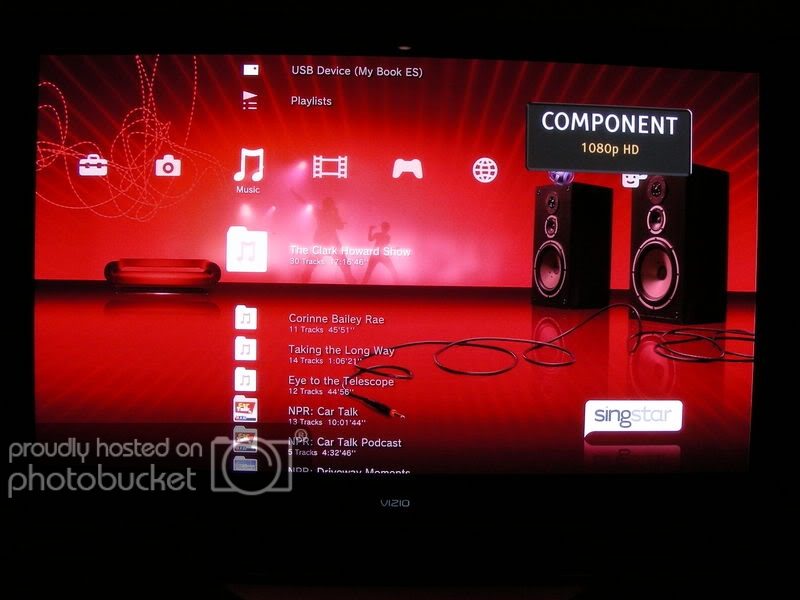I believe they are component inputs. I use the component outputs from my 360 to play in HD.
Just to be clear, although technically speaking component cable is capable of transferring a 1080p analog signal, because there are almost no consumer displays that can accept a 1080p signal via component, you are limited to 1080i or 720p via component inputs.
If you have a 1080p display, or even a digital display
(LCD, DLP, PDP, LCoS/SXRD/D-ILA) , then HDMI or DVI will likely give you the best possible picture quality and in the highest possible resolution. 👍
On that note, component cable is usually cheaper and better quality than comparable composite cable these days. They're the same thing, but component is usually in greater supply.
Good advice. It's also important to know that besides having typically better cable construction, most decent quality component cable will have significantly more shielding around the cable then what you'll most often see with composite cable.
Because Composite, S-Video, and Component, can only carry an analog signal, it's very important to be sure the cable has decent shielding, as analog signals are more sensitive to signal interference than digital signals.
If you see lines scanning across your screen, you can be relatively certain it's due to signal interference.
Like I said this is a standard SDTV at 480i on a PS3, so still go component?
It is very rare to see a 480i SDTV
(I assume a CRT?) display have component inputs. However, if it really has *component inputs on the back, then yes, that is the best choice.
*RCA jacks marked with Green (Y), Blue (Pb/Cb), and Red (Pr/Cr):
- Green = Y (this carries the luma, aka brightness)
- Blue = Pb/Cb (this carries the chroma from blue to luma)
- Red = Pr/Cr (this carries the chroma from red to luma)
As your display is analog, if it has a component input it will likely use the YPbPr notation. Digital displays typically use the YCbCr or YPb/CbPr/Cr notation.





